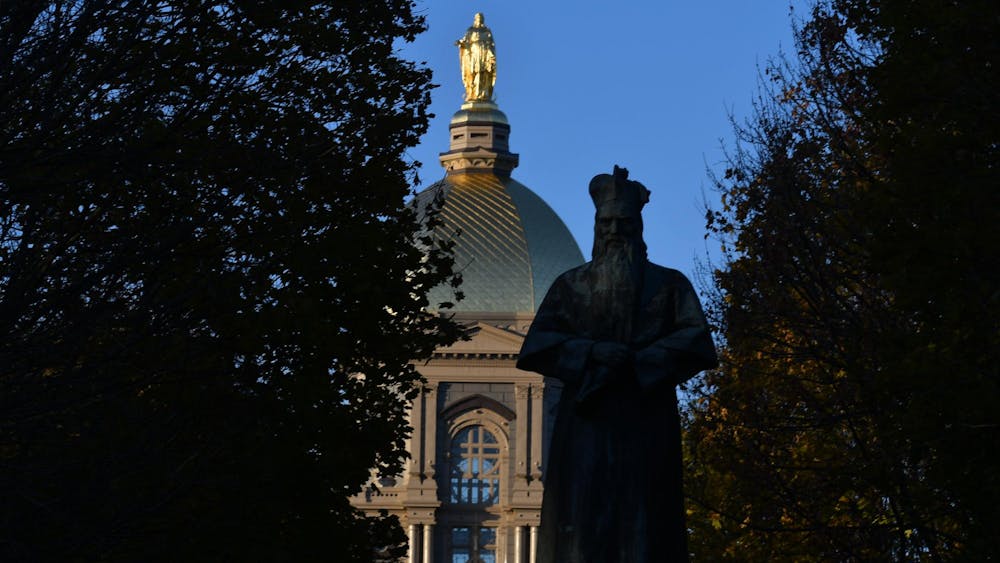In the wake of the Grammy awards and Kendrick Lamar’s dominant night, I anxiously awaited the Super Bowl Halftime Show and whatever grandeur Lamar’s team would create to continue the momentum. After thirteen minutes of pure power on screen, my first reaction was, “Wow, I think I missed a lot.” I am not an expert in Kendrick Lamar’s music by any stretch and knew the symbolism that dotted the performance evaded me. But, I have always known his work to be politically charged stories in the form of cohesive albums (DAMN. earned him a Pulitzer Prize in 2018). Topics he frequents include the realities of growing up in Compton, California, experiences of loss and gang violence, poverty and the racism that plagues America. He weaves these themes into poems through expert storytelling. It can only be described as genius.
Upon second and third viewing, I began to notice the underpinnings of the performance. Lamar states, “The revolution is about to be televised; you picked the right time but the wrong guy.” A reference to Scott-Heron’s 1971 poem stating the revolution will not be televised. “Forty acres and a mule” is a reference to the reparations freed slaves were promised at the end of the Civil War, which were largely unfilled by the U.S. Government. Using video game imagery, Lamar and his performers travel through the American Dream while Samuel L. Jackson, who brilliantly portrays Uncle Sam, attempts to corral Lamar into a more palatable character for the audience, describing him as “too loud” and “too reckless.” Altogether, the stunning display was a representation of the reality of racism and division many Americans (and world class athletes) experience.
I consider the performance to be an artful and intentional statement on the world’s biggest stage. However, I began to see the flood of negative comments concerning the performance. Some comments offered broad generalizations about personal preferences, and viewers complained of not enjoying it or “getting” it. Posts from notable X (formerly Twitter) accounts call the show, “God-awful” and “worst he’d ever seen.” SNL poked fun at this phenomenon of white individuals being uncomfortable with African American culture in the foreground of art in the sketch, “The Day Beyoncé Turned Black,” a dramatization of the reactions to Beyoncé’s album, “Lemonade.” I can empathize with not understanding all the references. I was raised in a predominantly white community in rural Ohio. If Lamar wrote a song about soybean farming, I would understand every line. However, I am not represented by one of the red, white or blue clad dancers who represent a tense and fractured Americana. And you know what, that is okay.
Art is a representation of an emotion, condition, feeling, idea or any intention by the creator. Art is the construction of something to elicit a reaction in the viewer. It is a communion between creator and observer. Art does not have to create emotion in every viewer. Most art cannot do that. However, not communicating with a piece does not make it invalid, poorly made or bad art. It is only an opportunity to learn. I will never understand the harsh realities of being a black man in Compton, California in 2025. But, with the help of "To Pimp a Butterfly" and "good kid, m.A.A.d city," I can peek around a corner unbeknownst to me previously. Lamar creates that communion with millions of onlookers. To call a work of art bad because it does not elicit that initial reaction, it only means you must look deeper within the piece and yourself. I invite you to do so in 2026.
Alaina Reed
senior
Feb. 11










